PROTECT YOUR DNA WITH QUANTUM TECHNOLOGY
Orgo-Life the new way to the future Advertising by AdpathwayTropical hibiscus are instant eye-catchers with their massive disc blooms in a rainbow of colors that light up the summer garden. The large, colorful whirls are beacons for bees, hummingbirds, and other pollinators who visit for nectar and pollen. Tropical hibiscus bring zest to sunny summertime displays, growing year-round in frost-free climates and as annuals or houseplants in colder regions.
Chinese hibiscus grows outside year-round in warm, frost-free climates like USDA zones 10 to 11, and sometimes 9 with extra cool-season protection. In colder areas, they overwinter indoors to move outside for another spring and summer round the following year.
Their lush, tropical aesthetic is versatile in the garden and easy to maintain with the right cultural conditions and care. Bring a bit of the tropics indoors to continue the enjoyment and warm up winter days by overwintering hibiscus as a houseplant.
Indoor hibiscus care is slightly different from outdoor care. Follow these tips to get it right.
Move at the Right Time
 Move plants gradually to allow them to acclimate to the new conditions.
Move plants gradually to allow them to acclimate to the new conditions. Plan to move tropical hibiscus inside when nighttime temperatures drop below 50°F (10°F) in the fall. They may withstand temperatures as low as 24°F (-4°F) but do best with a move indoors before the first frost, which can cause cold injury.
To soften the transition from outdoors, gradually acclimate the potted specimens to lower light conditions by moving them into more shade every few days for two to three weeks. Gradual acclimation helps minimize leaf and bud drop and lessens recovery time.
Before moving hibiscus indoors for winter, check for insects in late summer and early fall. If you spot pests, give them a good rinse and treatment according to the type of insect (aphids and spider mites are common, see below). Water well and allow the pots to drain before making the move inside.
Choose The Right Pot
 Use a large and deep pot to accommodate the roots.
Use a large and deep pot to accommodate the roots. Hibiscus in pots and containers is a movable feast for the eyes. Nursery-potted specimens bring instant curb appeal and an infusion of color. Employ sizable pots, at least 18 inches deep or more, to accommodate extensive roots. Dwarf varieties can handle smaller pots; aim for one to two inches larger than the root ball.
Ensure pots have good drainage holes, and use a quality potting mix for optimal aeration, moisture retention, drainage, and nutrition. Chinese hibiscus do best in well-draining, organically rich soils.
Aim for Some Direct Sun
 Choose a position in front of a sunny window.
Choose a position in front of a sunny window. Bright, open light is essential to successful indoor hibiscus care. Sunlight and long days support flowering. Outdoors, they show the best vigor with six hours of sun, especially with regular water. They tolerate dappled afternoon light in hot climates.
Indoors, placement near a south or west-facing window offers the best exposure, optimally with four to five hours of sunlight. Otherwise, an east-facing location gives good morning sun to sustain energy, particularly in southern climates with intense afternoon rays.
North-facing windows receive the least amount of light. Grow lights are an option if indoor levels are too low to support hibiscus.
Reduce Watering
 Hibiscus shrubs don’t need as much water indoors.
Hibiscus shrubs don’t need as much water indoors. During the warm season, hibiscus rely on regular water. To care for hibiscus indoors, provide even moisture for the tropical specimens, but allow them to dry slightly between sessions, as growth naturally slows in the cool season.
Roots aren’t absorbing moisture or nutrients as readily as during the summer. When the soil surface is dry to a depth of one to two inches (a knuckle or two deep), water deeply. The container will feel lighter in addition to dry surface soil when it’s time to water.
Check soil moisture every ten to fourteen days to keep roots from drying out completely. Avoid overwatering, which causes roots to sit in soggy situations for prolonged periods. Fungal problems like root rot can develop with too much water in winter.
Use tepid or lukewarm water at each session to promote humidity and avoid shocking the roots. Water deeply until it flows from the pot’s drainage holes. Empty trays or saucers shortly after pots have time to drain to avoid extended moisture absorption by the soil.
Regulate Temperature and Humidity
 Keep temperatures as consistent as possible.
Keep temperatures as consistent as possible. Tropical hibiscus rely on warm temperatures to grow and set buds. Indoors, room temperatures between 65 and 75°F (18-24°F) are best. They should remain at least above 55°F (13°F).
Hibiscus don’t respond well to temperature and humidity fluctuations, which result in bud and leaf drop. Keep them out of heated or cooled drafts to prevent blasts of hot or cold air and excessive drying. Heaters, fireplaces, air vents, and open doors can cause drafts.
Indoor specimens also prefer average relative humidity. While normal indoor conditions are usually sufficient, factors like sunlight and winter heating can be more drying. To increase ambient humidity, place the pot near a tray of pebbles filled with water, or opt for a humidifier as part of your indoor hibiscus care. You can also group houseplants together to increase immediate moisture.
Scout for Pests and Diseases
Scouting for pests like aphids, spider mites, and white flies is part of indoor hibiscus care. Keep an eye out for root rot from overwatering, too. Provide the best light and consistent moisture (without overwatering) as the best prevention against pests and diseases on indoor specimens.
Aphids
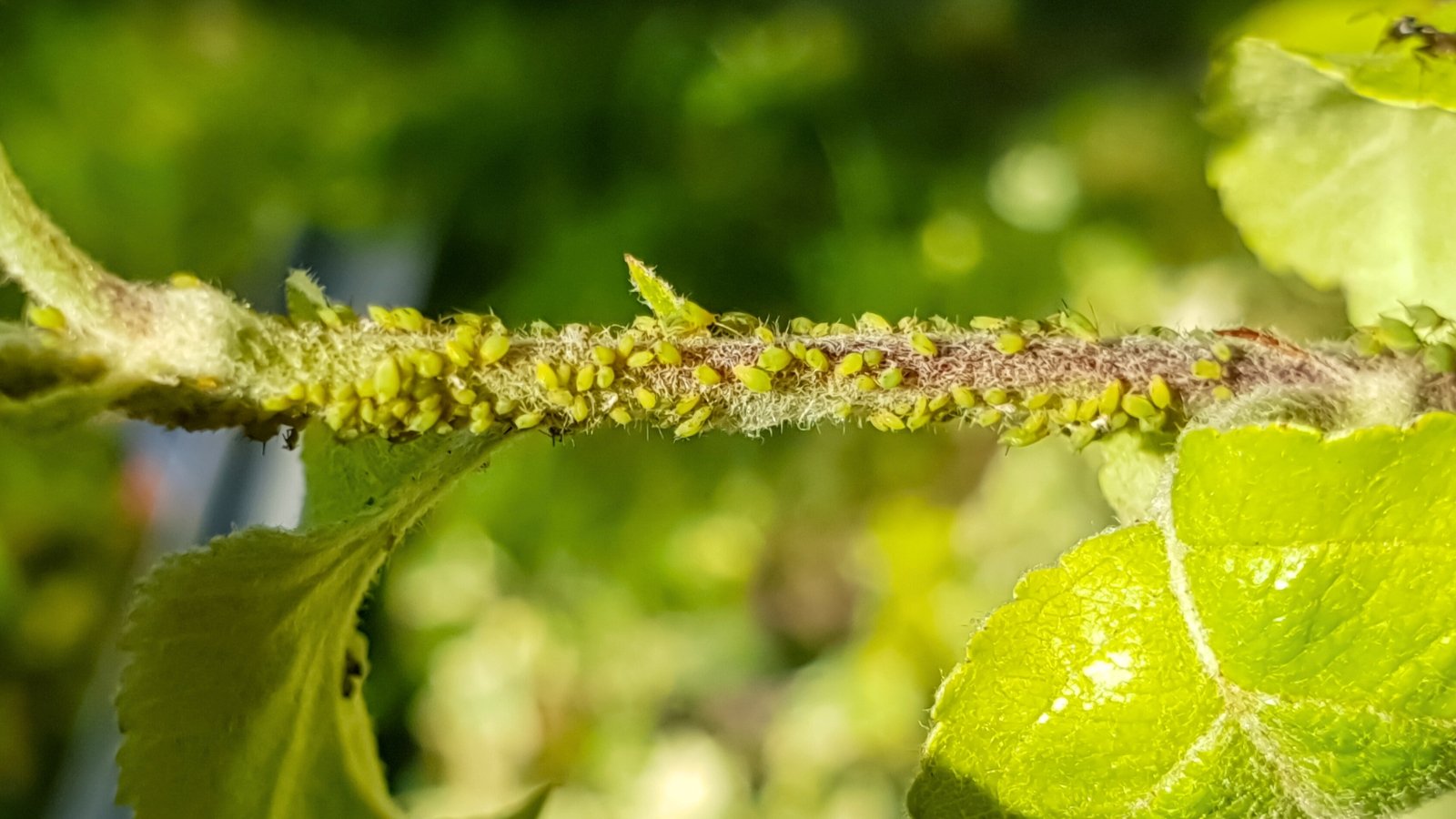 These pests can spread indoors from open doors and windows or on existing plants.
These pests can spread indoors from open doors and windows or on existing plants. Aphids come indoors on infected plants, attached to clothing, or on the breeze through open doors and windows. The prolific reproducers congregate underneath leaves and on stems of fresh shoots.
Aphids have soft, pear-shaped bodies in light yellow, green, pink, brown, or black. With piercing mouthparts to mine for sap, they cause stress in high numbers. Infested plants may show curling leaves, yellowing (the entire surface or in spots), and stunted growth.
Aphids also leave behind a sticky honeydew that leads to unattractive sooty mold. They’re vectors for spreading fungal spores and viruses. Symptoms of virus or fungal diseases like leaf spot, mottling, and distortion may appear after aphids are present.
For early numbers, give the potted specimens a water bath. Or, wipe both sides of the leaves with a soapy cloth. Do this as part of ongoing maintenance with recurring aphids. Because they live in concentrated populations, pruning off impacted sections may eliminate small infestations. Spraying a horticultural soap or oil on both sides of the leaves controls an outbreak.
Spider Mites
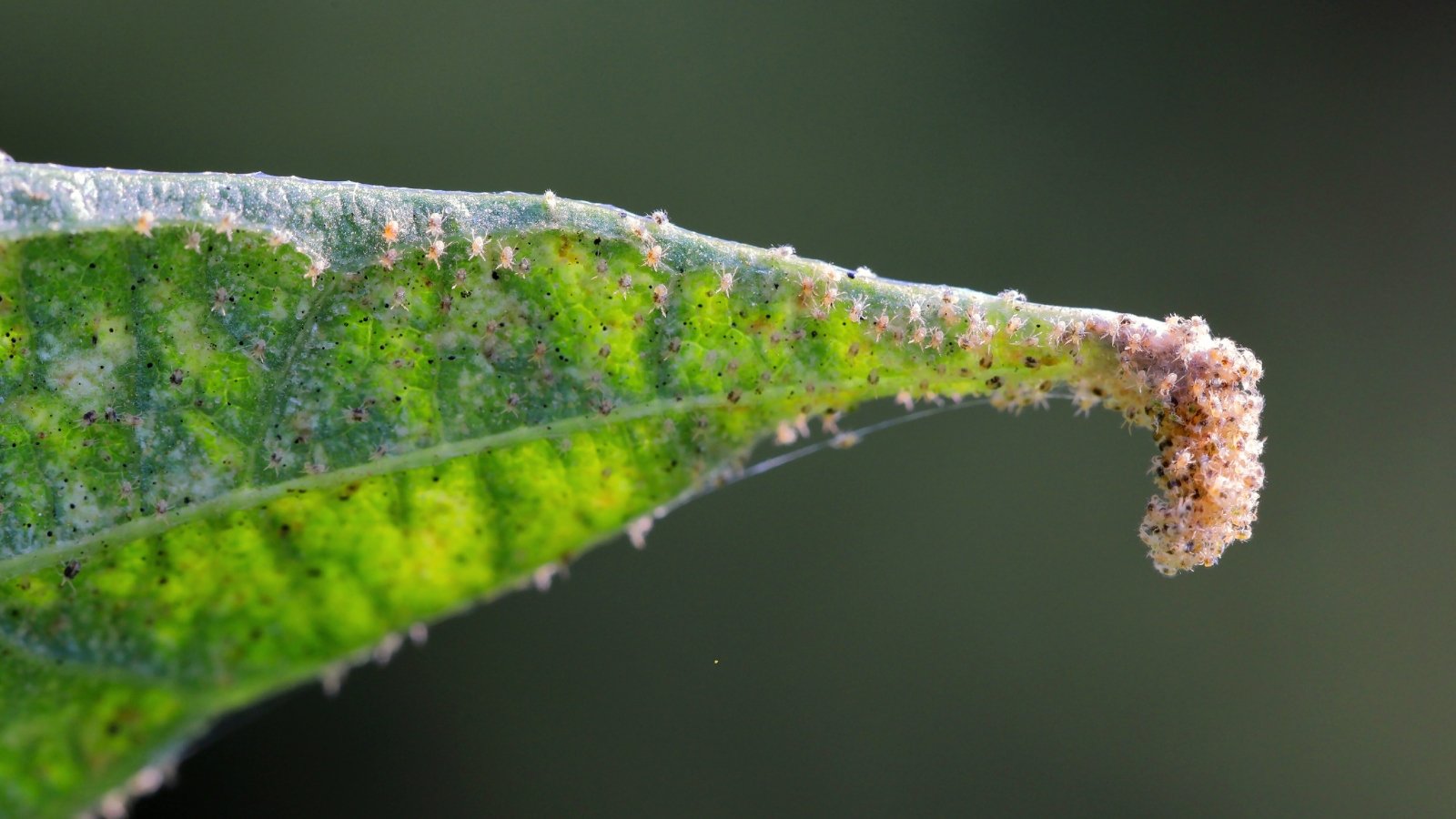 Look for webbing between leaves as a sign of spider mites.
Look for webbing between leaves as a sign of spider mites. Spider mites are common in houseplants and, like aphids, gather on the undersides of leaves. It can be hard to see the tiny insects, but webbing and light yellowing of leaf surfaces tell of their presence.
Spider mites gravitate toward specimens stressed by under- or overwatering. For small populations, run plants under a stream of water to displace the pests. Dab them with a Q-tip or cotton swab soaked in isopropyl alcohol (70% or less) for instant reduction. Insecticidal soaps and horticultural oils are effective as more potent treatments.
Whiteflies
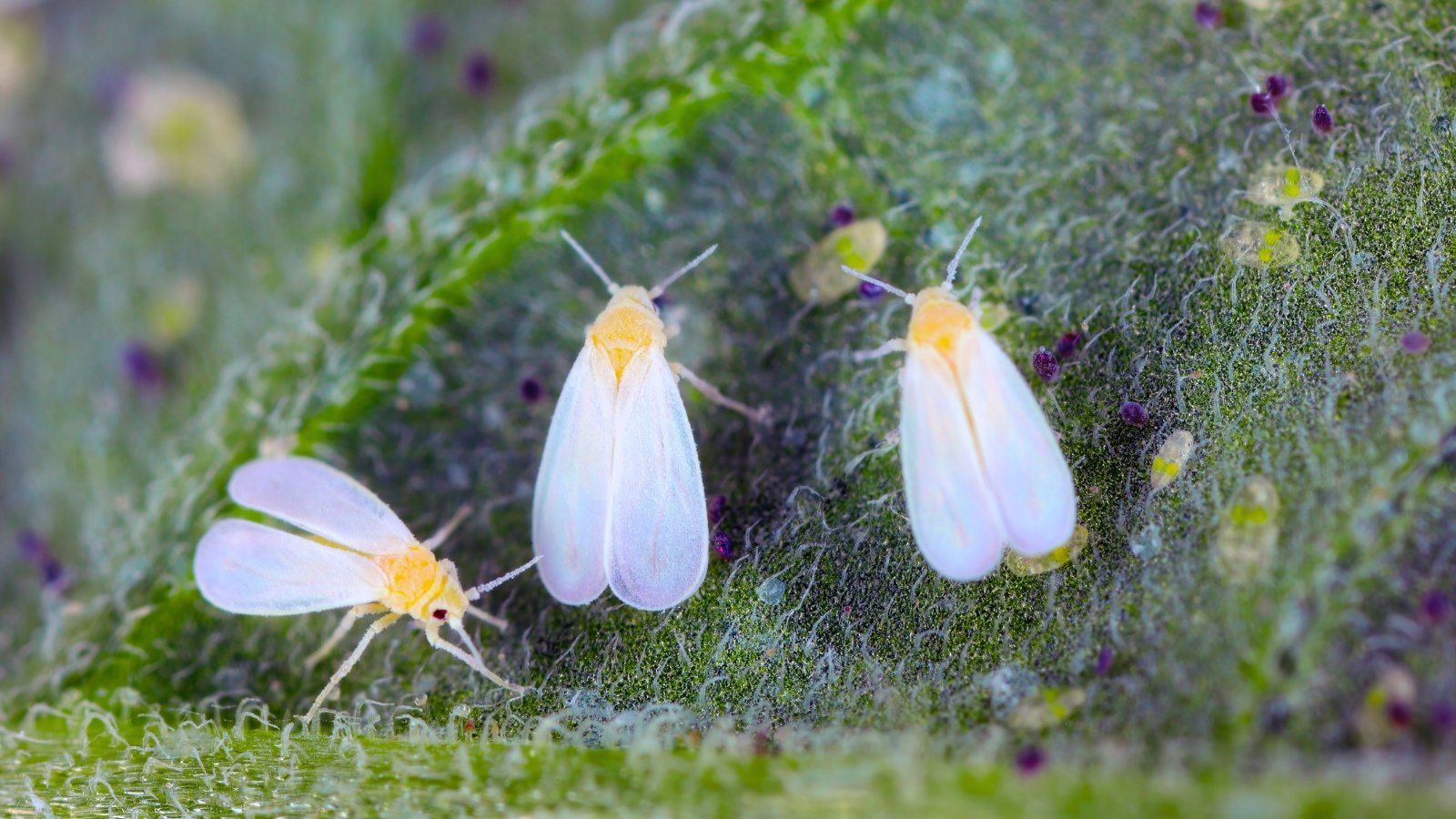 These pests cause yellowing, spotty leaves on hibiscus.
These pests cause yellowing, spotty leaves on hibiscus. Whiteflies also feed on tissues and cause leaves to yellow. They’re tiny and white, and you’ll see them fluttering around foliage with disturbance.
Adult female whiteflies lay eggs on leaf undersides, and nymphs hatch to feed on tissues. The adults pierce foliage to feed on sap. They, too, leave behind a honeydew that promotes sooty mold. Whiteflies most often crop up in areas with low air circulation or in dry, warm conditions. They’re prone to indoor growing situations.
Use the same treatment options as for aphids, with horticultural soaps and oils as effective applications.
Root Rot
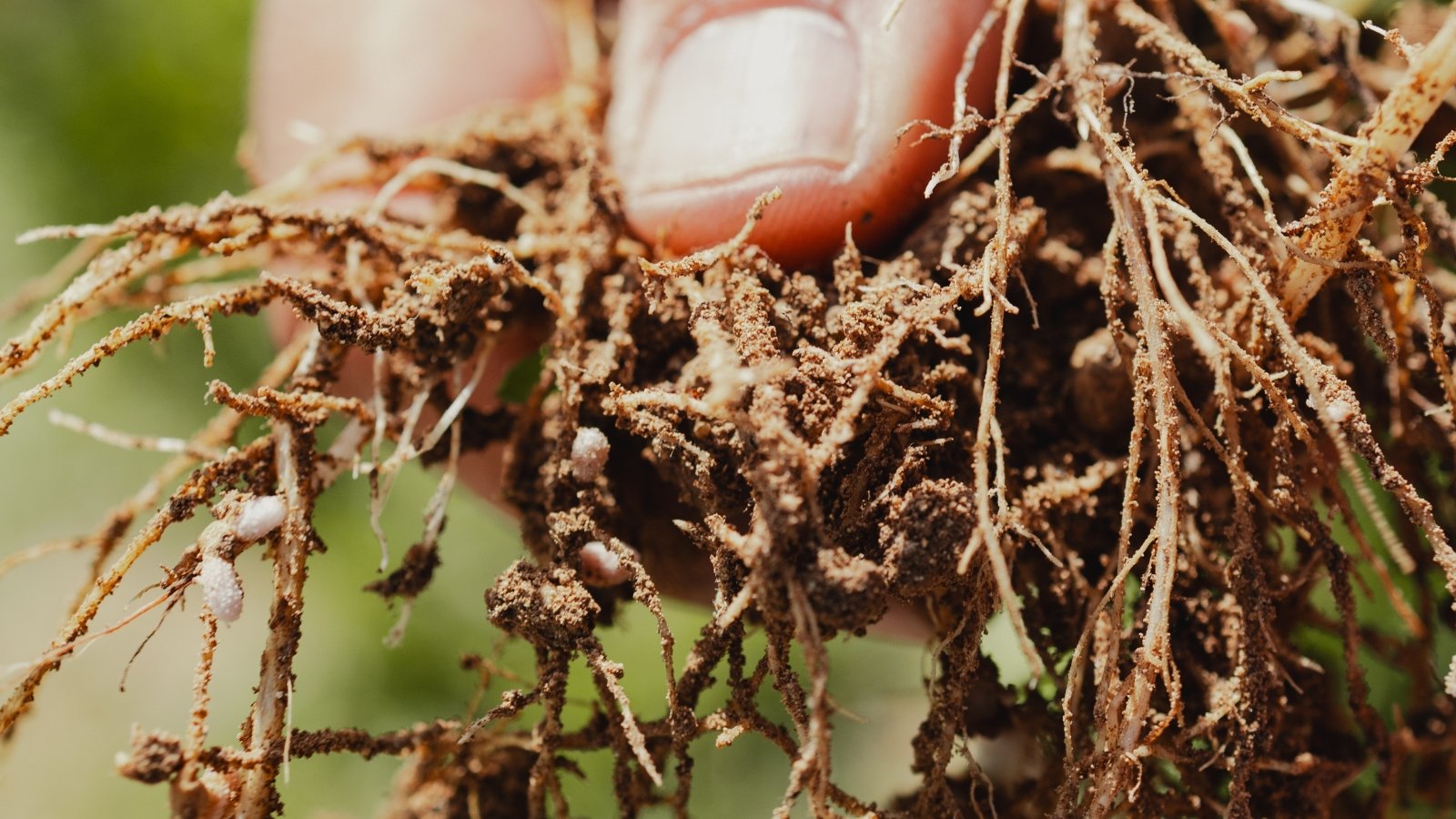 This condition is caused by overwatering or a lack of drainage.
This condition is caused by overwatering or a lack of drainage. Overly soggy soils damage roots and lead to their inability to function to support upper growth. The common fungal disease results from overwatering and prolonged saturated conditions. Rot causes the roots to turn brown, mushy, and decay.
Hibiscus in wet media with poor airflow may show yellowing and wilting leaves. Slip plants out of their pots to check the roots and clip off those that are brown or damaged. Replant the tropical in fresh media and water thoroughly. If caught early, you may see renewed growth.
Prepare for Spring
 When spring arrives, follow the same process to move plants outside again.
When spring arrives, follow the same process to move plants outside again. Just as there is a transition in moving outdoor plants inside, the same holds true for moving them back outside. Make the move gradually for potted hibiscus back to a sunny outdoor location.
After the final frost, move them to a shaded location (like a covered porch or tree canopy), introducing them to more light every few days over two to three weeks. Once outside for the season, be mindful of lingering chilly nights that accompany warming days. Bring containers in on cool nights if temperatures dip into the low 50s (10°F).
Prune back any leggy branches in late winter to flush as temperatures warm. To manage size and a bushy form, Chinese hibiscus tolerates a heavy prune by one-third of its size. Cut branches back to a leaf node during trims. A heavier cut takes longer for buds to develop, as new growth sets.
If the plant is in its original nursery potting mix, repot it with a high-quality potting medium in spring. Opt for a pot one to two inches larger than the root ball, and repot after that every few years. Begin fertilizing once a month in spring as new growth emerges. Applications of a well-balanced liquid fertilizer (like 10-10-10) diluted to half strength support the floriferous heavy feeders.


 1 day ago
5
1 day ago
5
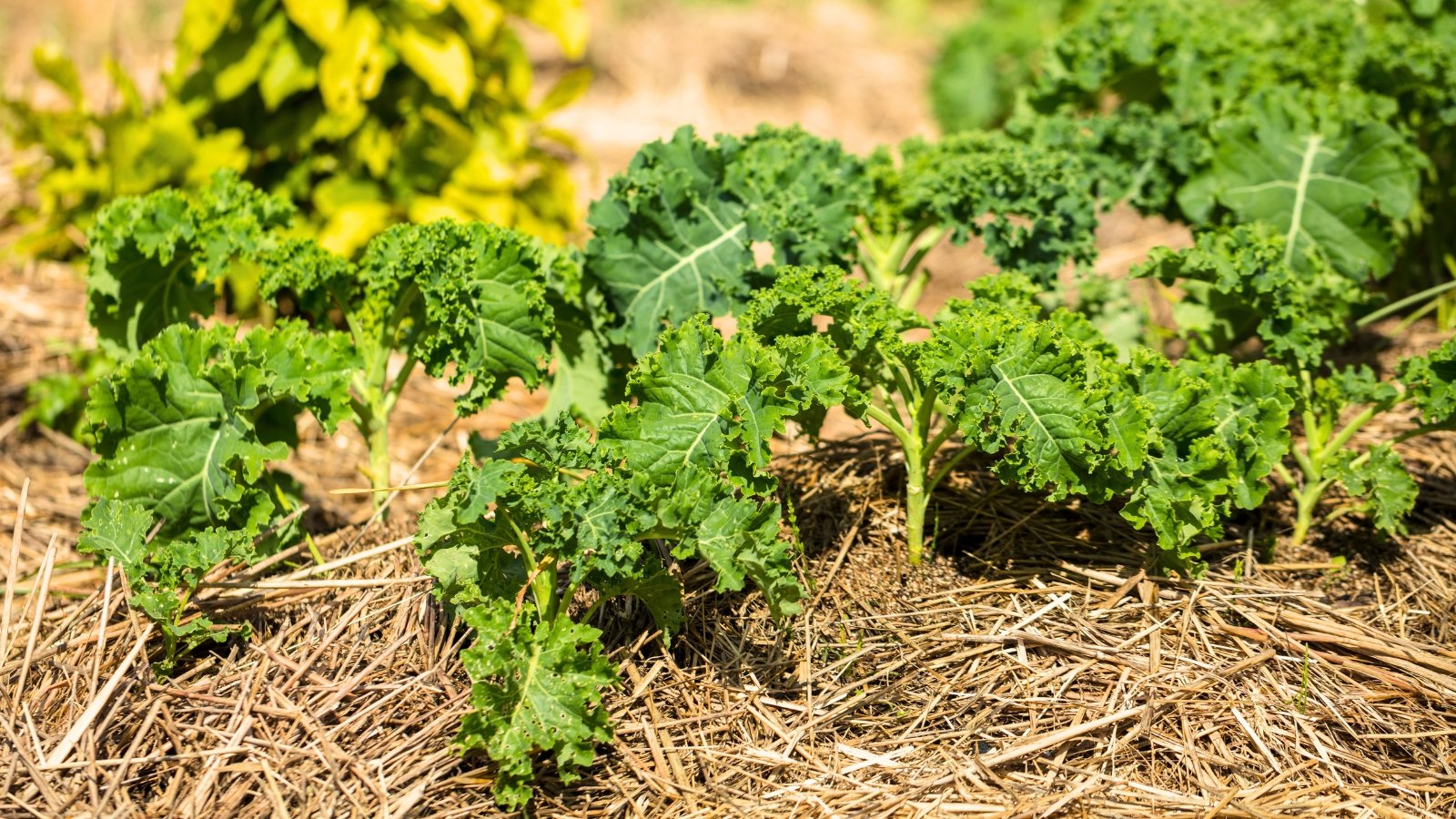
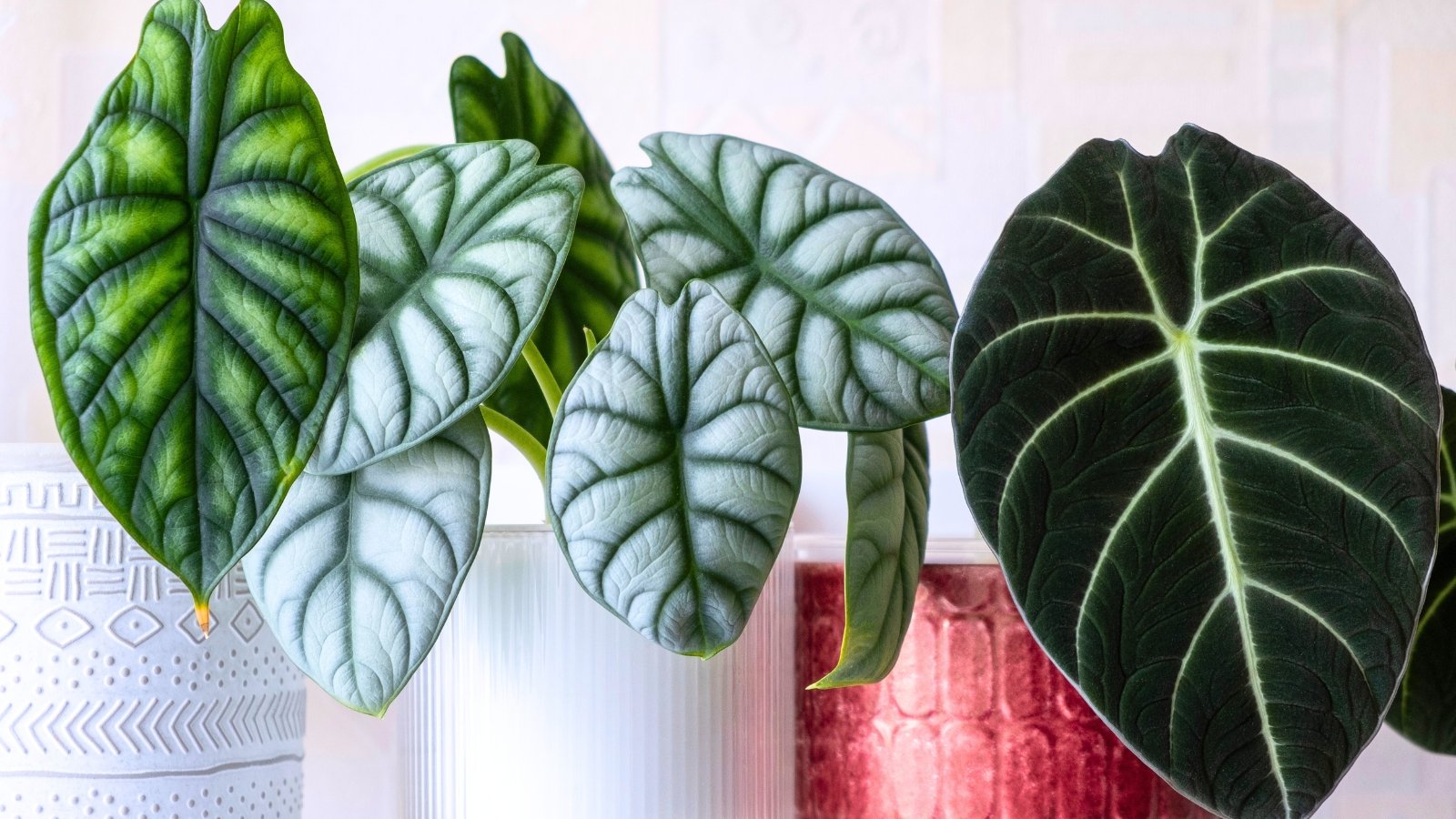
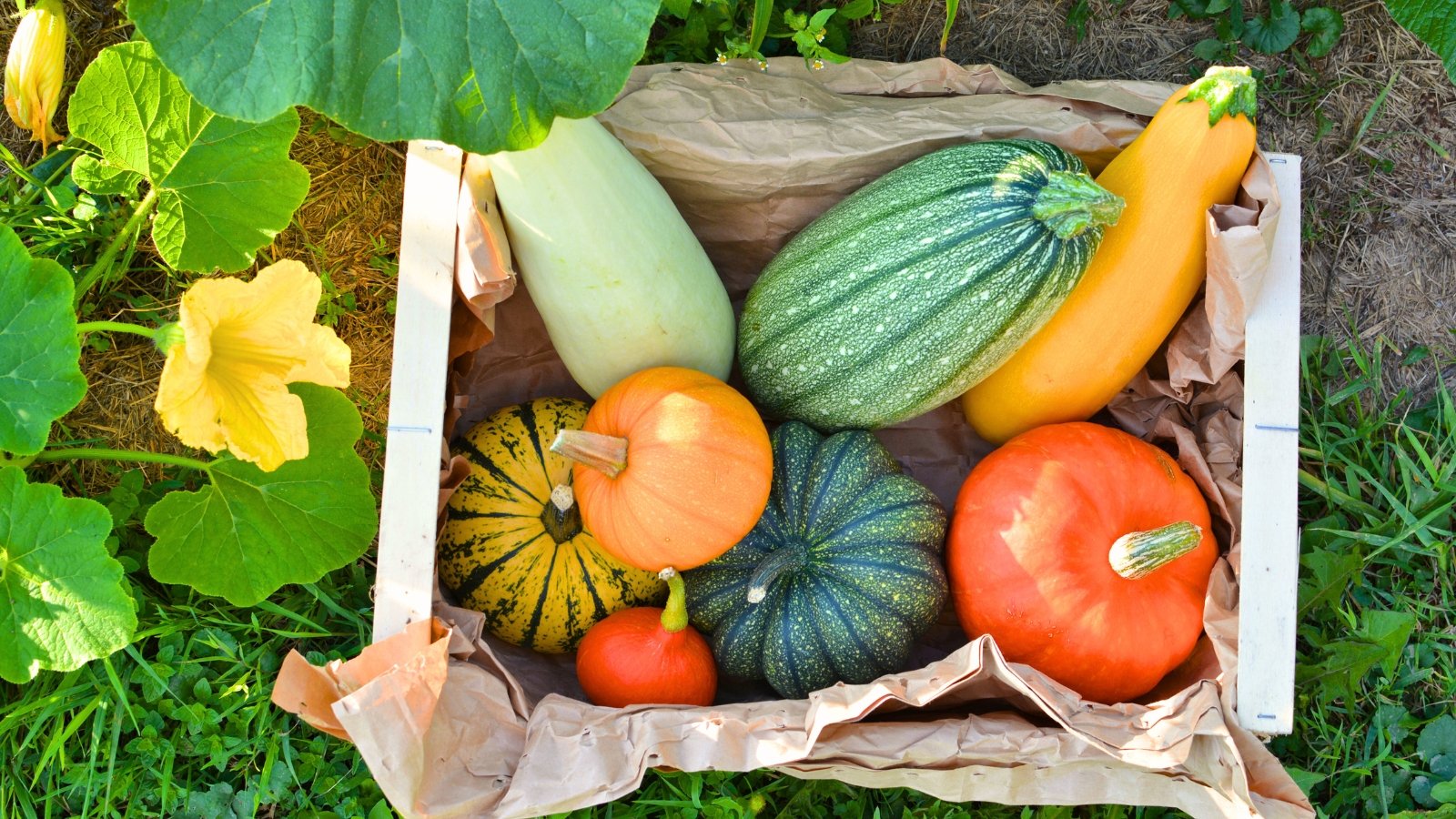

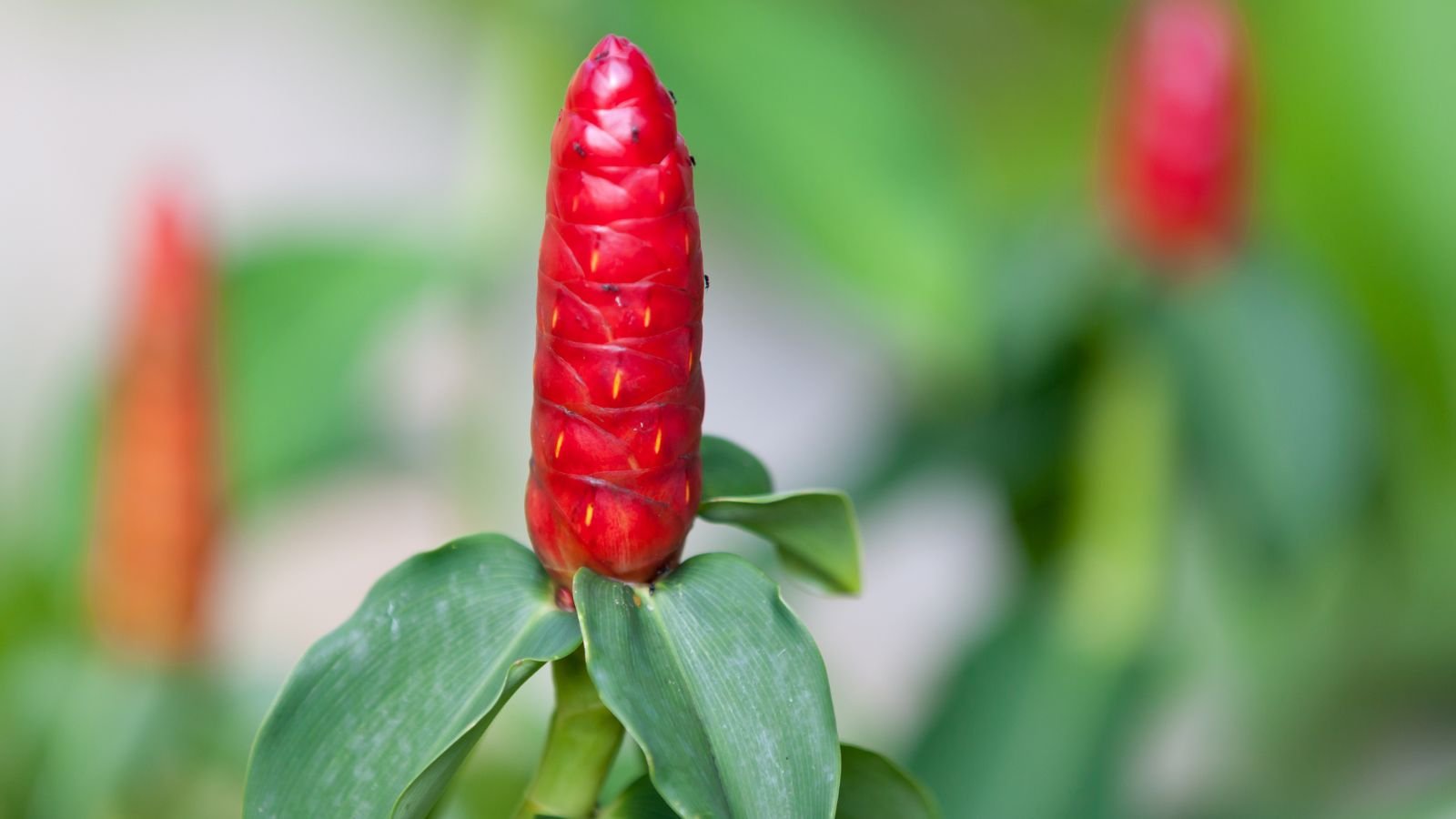
















 English (US) ·
English (US) ·  French (CA) ·
French (CA) ·